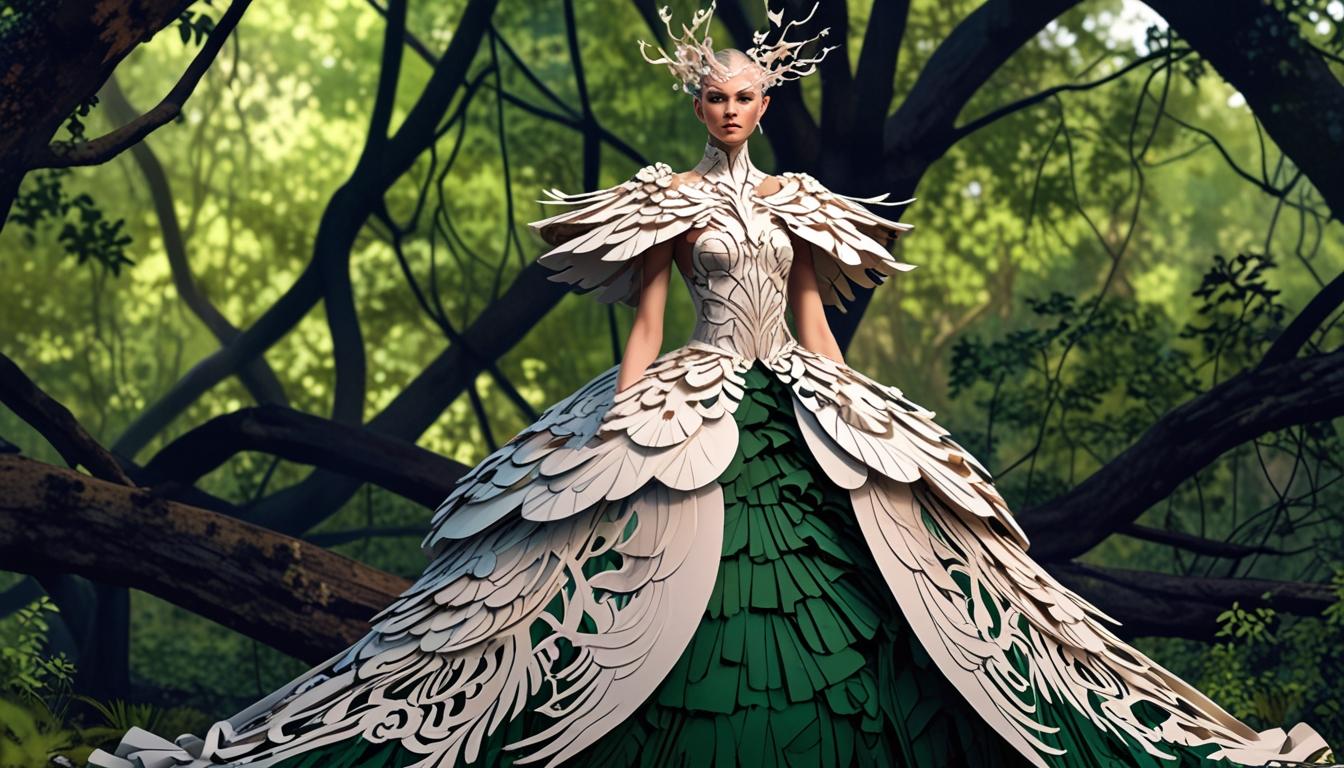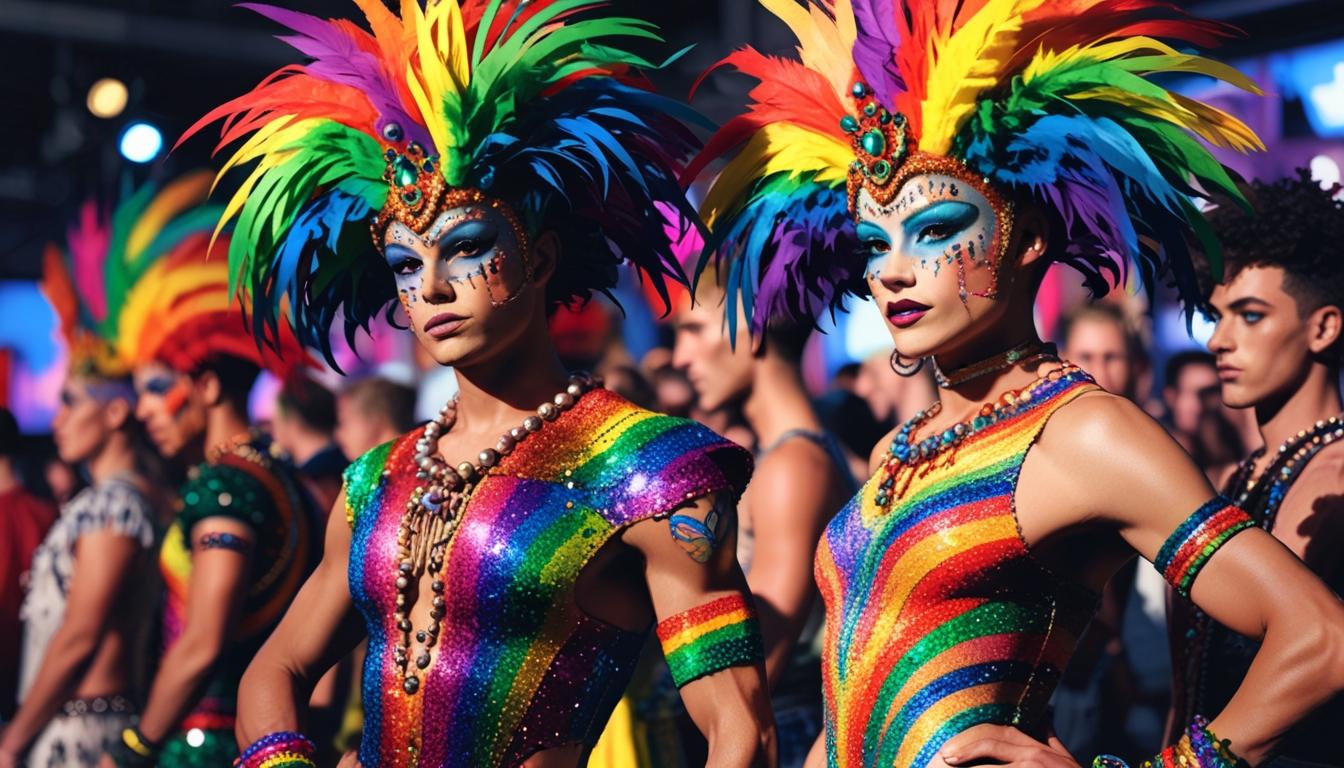Marie Claire Hungary showcases Borbála Braunitzer, a recent MOME graduate whose fashion designs are deeply inspired by nature and advocate for sustainability.
In a bid to highlight emerging talent in the fashion industry, Marie Claire Hungary has launched its “Future of Fashion” series, featuring young designers from the Moholy-Nagy University of Art and Design (MOME). The latest entry showcases the work of Borbála Braunitzer, a recent graduate who has received significant acclaim for her innovative designs inspired by nature.
Borbála Braunitzer, who graduated from MOME’s fashion and textiles design program in 2023, not only successfully completed her studies but also clinched first place in a competition organized by the Hungarian Fur and Leather Industry Association in the same year. Braunitzer’s artistic vision is deeply rooted in the relationship between humans and nature. She draws inspiration from the animal kingdom, which plays a crucial role in her experimental designs that often push the boundaries of standard fashion.
In her own words, Braunitzer defines her design ethos as one that thrives on experimentation and the exploration of unusual forms. “I create my works with a great sense of experimentation, often working with unusual forms, creating an intense visual world, and seeking exciting, innovative solutions,” she expressed in her interview with Marie Claire. Her creations, marked by intricate details and a blend of traditional craftsmanship with modern technology, are primarily associated with haute couture.
Reflecting on her childhood, Braunitzer recalls her earliest design experience, involving a paper doll and a drawn dress, which she describes as a formative moment that sparked her passion for fashion. Emphasizing the influence of nature in her work, she reveals a fascination that dates back to her youth. When asked which animal she would choose to be, Braunitzer elaborates on her admiration for various creatures, such as the carefree baby elephant and the majestic eagle, illustrating her intertwined relationship with the natural world.
One of the standout features of Braunitzer’s master’s thesis was a collection of garments inspired by La Fontaine’s fables. Her choice to focus on bird characters allowed her to explore themes of anthropomorphism and the complex symbolism surrounding the relationship between humans and animals. “I processed animal-derived materials that dropped from the master’s table, leftover scraps, and aimed to construct small elements in alignment with these stories and their bird inspirations,” she noted.
As the fashion industry grapples with the question of sustainability, Braunitzer advocates for a careful approach to the use of animal-derived materials. She argues that if these materials are treated with respect and used sustainably, they can serve as long-lasting values. This perspective is informed by historical practices of pastoral cultures that valued their relationship with livestock and crafted goods from every part of the animals they raised.
Braunitzer’s work is not just artistic; it also touches on functionality. While she creates pieces intended for artistic platforms, she emphasizes a growing interest in designs that prioritize usability and versatility. This blend of artistic expression and practical design reflects a forward-thinking approach that she predicts will characterize the fashion landscape over the next decade. “The world is becoming increasingly differentiated… the distinctions between men’s and women’s fashion become even blurrier,” she predicts.
Among her proudest achievements are her Fabula Fur Garment Collection, which merges her aesthetic vision with complex narratives; a bridal gown project that encapsulates the dynamics of connection; and the Fishing Eagle garment, which captures the grace and elegance of its avian inspiration. Through these works, Braunitzer continues to immerse herself in the dialogue between fashion, nature, and sustainability, setting the stage for her future endeavors in the fashion industry.
Hosted by Marie Claire Hungary and the MOME textiles and fashion design program, this feature on young talents like Borbála Braunitzer aims to present fresh perspectives that could shape the future of the fashion industry.
Source: Noah Wire Services




